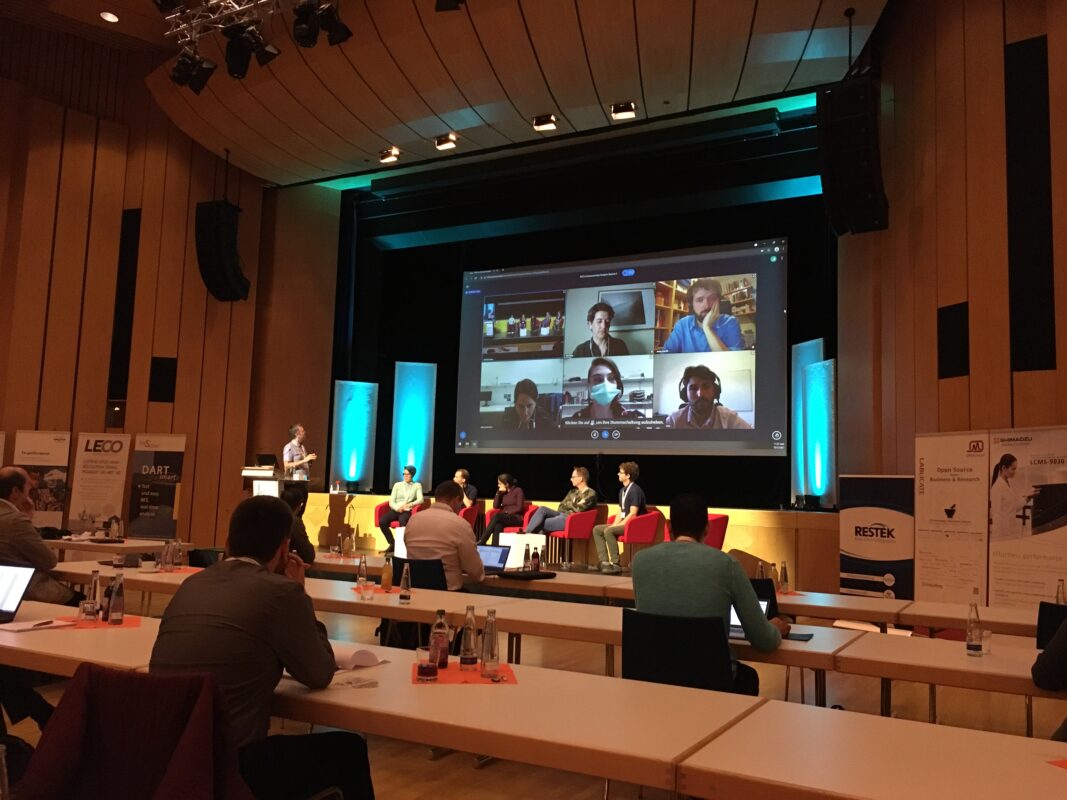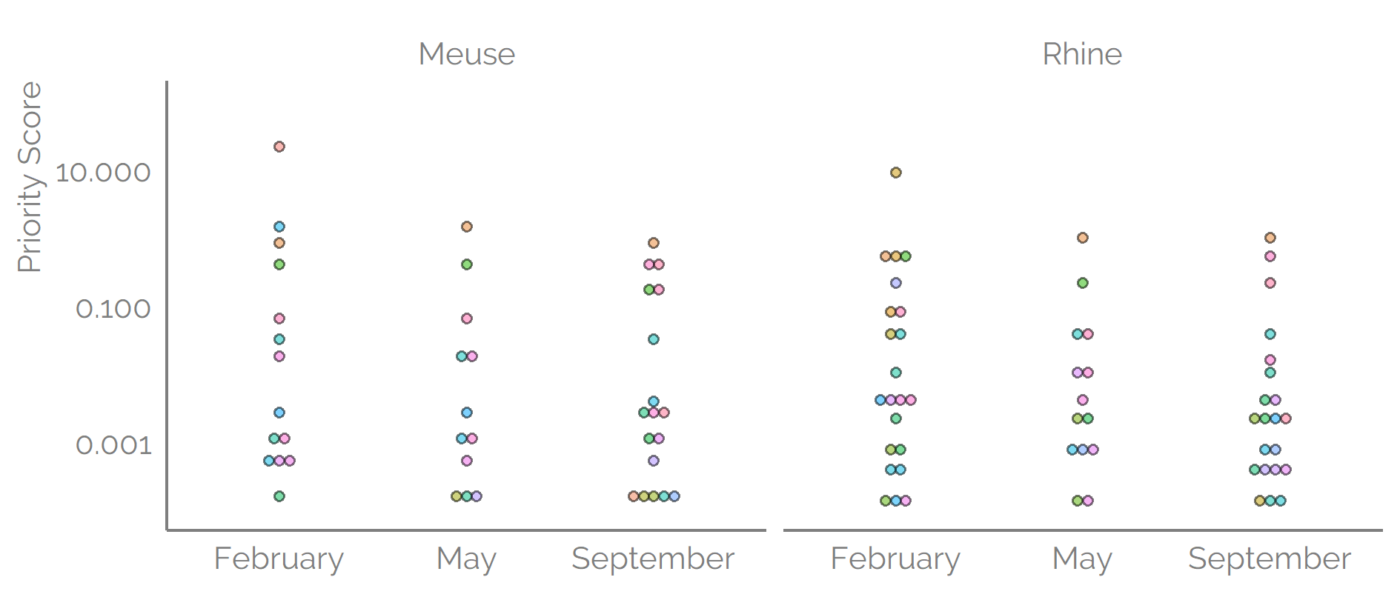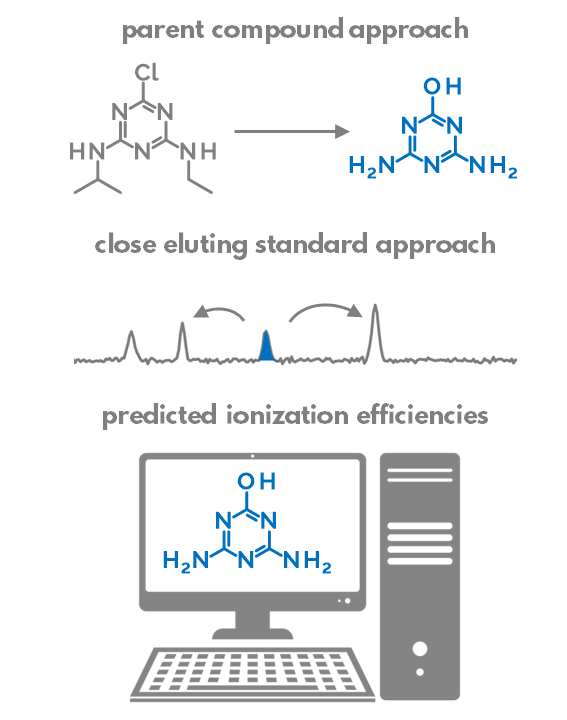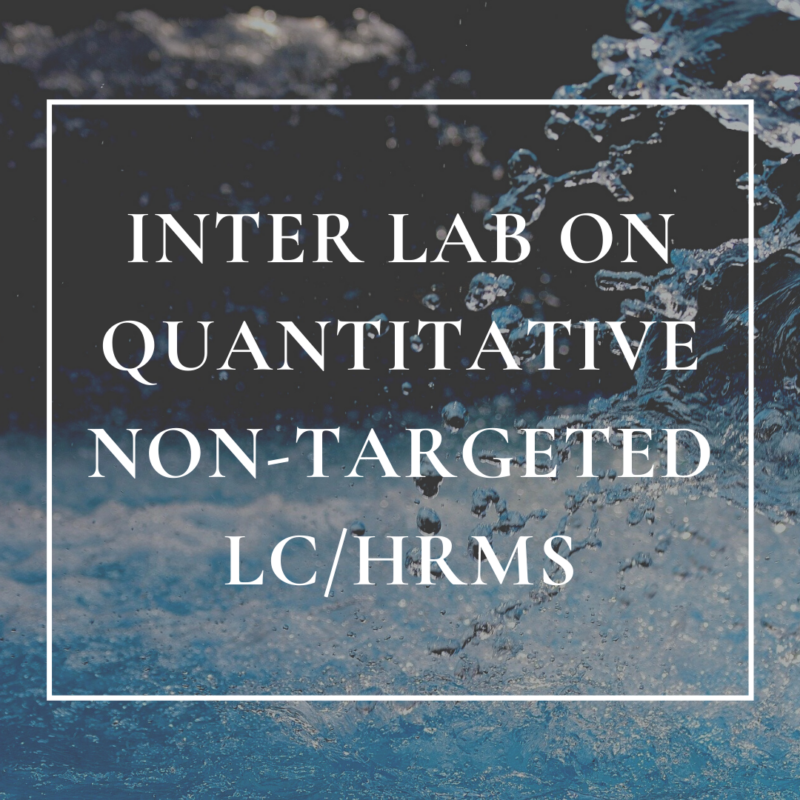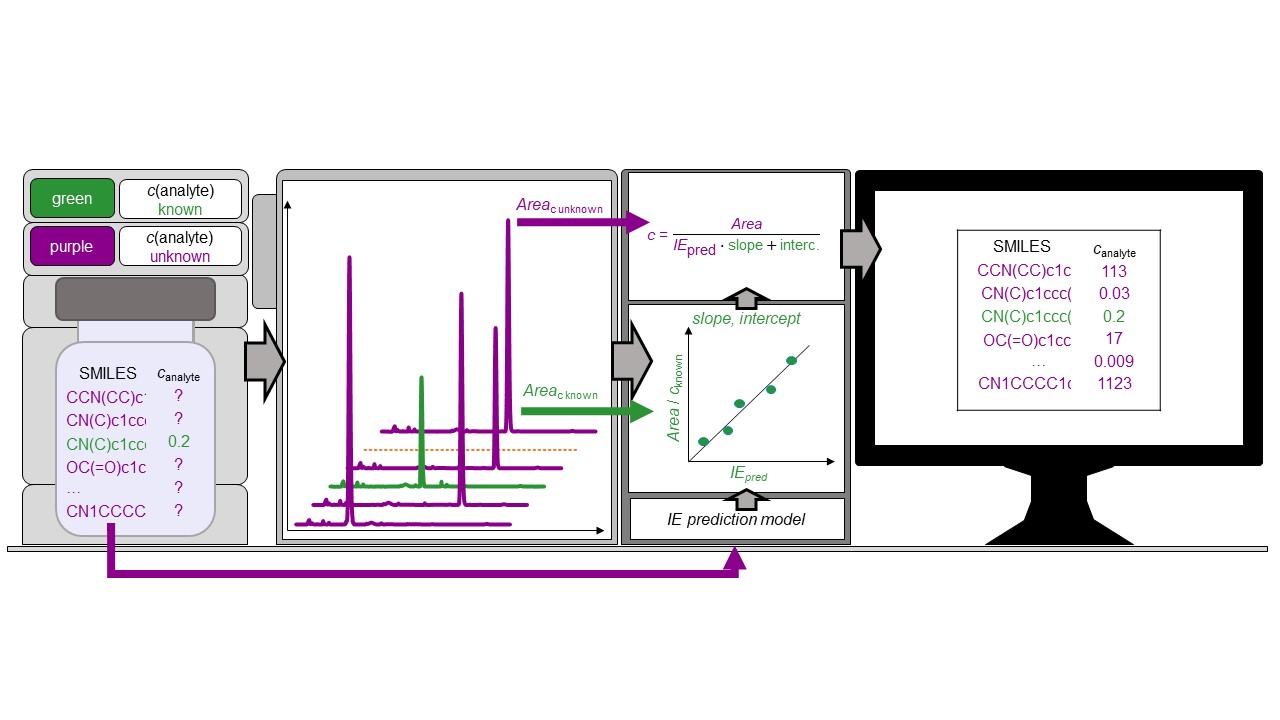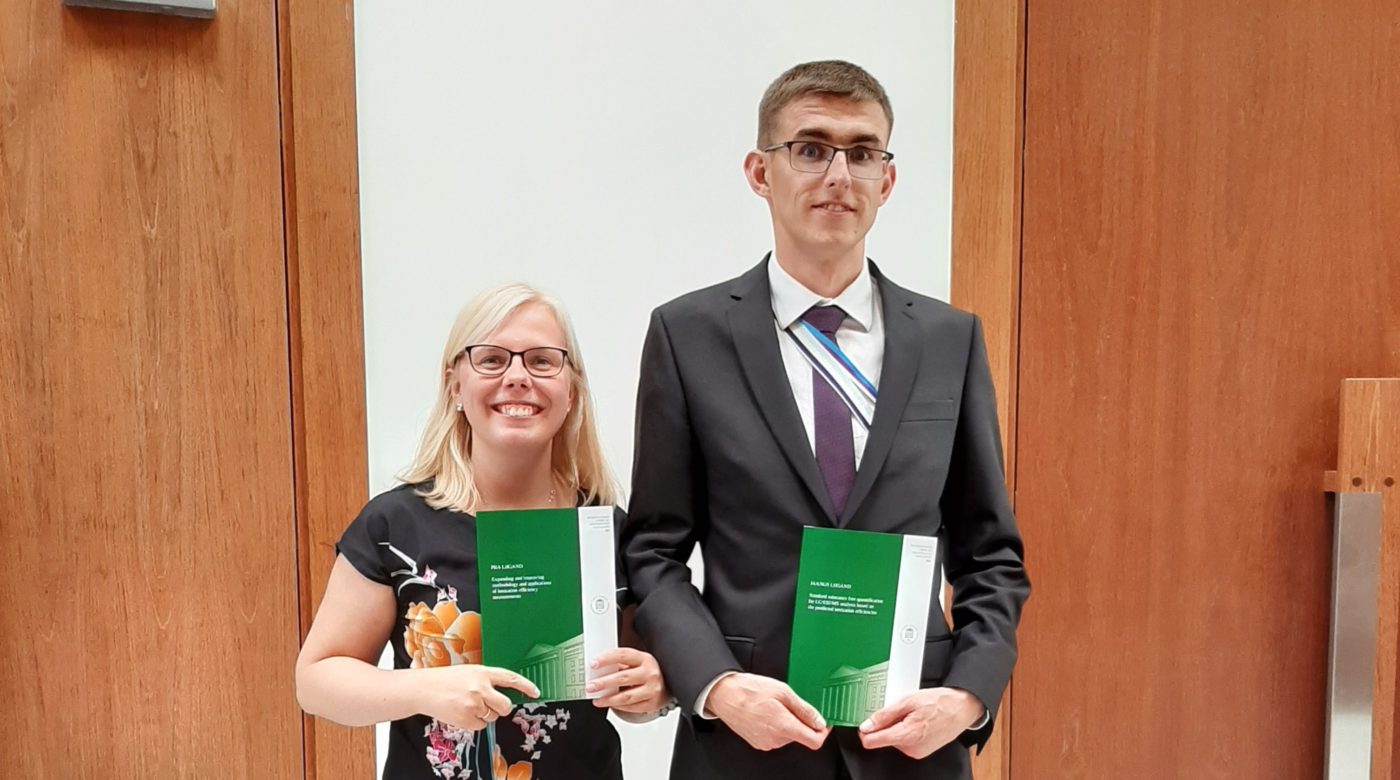After almost two years of zoom-only meetings, it was my great pleasure to last week get back to meeting fellow scientists in person at Intentional Conference on Non-Targeted Screening, Erding, Germany. The meeting was held in parallel in-person and online. The conference ran over four days with talks covering computational mass spectrometry, instrumental techniques for […]
Tag Archives: non-target
How do you know which of the compounds detected in suspect or non-targeted screening is most likely to cause an adverse effect? Which is most toxic? Which is present in the highest concentration? Which is having a concentration close to a toxic endpoint? This is exactly what we are answering in our latest research in […]
The last two weeks have been going under the title “thesis-thesis-thesis” in our group. This spring one BSc student and two MSc students from our group have defended their thesis: Sara Khabazbashi, Helen Sepman, and Thomas Ledbetter. Both Sara and Thomas have dug into the analytical standard free quantification for pollutants. Sara specifically focussed on metabolites of […]
Non-targeted screening with liquid chromatography-electrospray high-resolution mass spectrometry (LC/ESI/HRMS) is revealing hundred to thousands of contaminants in the water. We have recently proposed a way to quantify these contaminants based on the estimated LC/ESI/HRMS ionization efficiencies. But how to know how well such tools are performing? Well, we need to compare with classical methods that are […]
The difficulty in quantifying compounds in LC/ESI/HRMS arises from vastly different responsiveness of the compounds. At the same concentration, two compounds may yield very different signals due to the differences in the ionization efficiency of the compounds. The different responsiveness has made semi-quantitative non-targeted screening challenging. Still, research has been increasingly focussing on enabling the semi-quantification […]
Recently we have published a paper on advancement in predicting ionization efficiency in ESI and using this for estimating the concentration of pesticides in cereal samples without the need for analytical standards. In this paper, we explored the possibility to use machine learning for fast and accurate prediction of ionization efficiency. Previously we have carefully […]
After the move to Stockholm University, my group is looking for new members. Currently, we have available a post-doc position. If you enjoy coding, are interested in machine learning and applying these tools to solve problems in mass spectrometry and you hold a PhD or are graduating soon, this is your chance! For more information […]
In June at HPLC conference I had a super nice possibility to explain what is non-targeted screening and why it should be developed into a quantitative method. Now, this video is available for all of you. I thank a lot Alasdair Matheson from LC&GC, who invited me to do the video, LCGC video teem, and HPLC […]
At the end of October, a three-day SWEMSA conference on non-targeted analysis took place in the Erding, close to Munich, Germany. On the conference representatives from different non-targeted communities came together to present the last progress made in the field. The focus was very strongly on the data analysis side but also method development and […]
Last week two of our PhD students, Piia Liigand and Jaanus Liigand, successfully defended their PhD theses. Both Piia and Jaanus worked intensively and successfully on understanding the ionization process in electrospray ionization source (ESI) and applying this knowledge for quantifying compounds with LC/ESI/MS without standard substances. Congratulations to the fresh doctors! Piia is continuing […]


